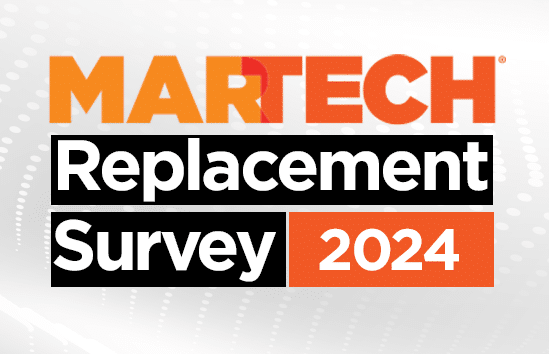
The Adobe Experience Platform AI Assistant, previewed at Adobe Summit in March, is now generally available to users.
Threaded through the Experience Platform and apparently able to pop up almost anywhere is the new Adobe AI Assistant. Clicking on its icon opens a simple dialogue box into which the user can type natural language questions and instructions. The aim is to democratize an array of features, making them available to any business users. These include automation of tasks and workflows, generation of new journeys and audiences and simulation of outcomes. In a demonstration [at Summit], the AI Assistant was used to narrow and focus audience segments through conversational exchanges.
PDFs, of course, are a sweet spot for Adobe, and AI Assistant can be used to analyze or generate summaries of documents of any length, or indeed convert them into presentations.
Dig deeper: Adobe continues to roll out genAI capabilities across its platform
The Assistant is expected to “democratize” access to enterprise applications by bringing more users into content production and other workflows.
Why we care. Well, no surprises of course. Expect this kind of feature to become table stakes for the larger martech suites and many smaller solutions as well. Salesforce Tableau yesterday made enhancements to Tableau Pulse to lend a helping hand to users unfamiliar with data visualization. Across the Salesforce suite, we now have Einstein Copilot. HubSpot has Content Assistant and Campaign Assistant but not yet a copilot ranging across the whole platform. Everybody’s doing it, which doesn’t make it a bad thing.
What AI Assistant can do. Among the main capabilities of the now generally available feature are:
- Insights into the Experience Platform. Users can ask questions about audience segments, identity maps, datasets and journeys.
- Content generation, including images from Adobe Firefly.
- Predictive insights into campaigns (upcoming).
The post Adobe AI Assistant now generally available appeared first on MarTech.
























































![Key Metrics for Social Media Marketing [Infographic] Key Metrics for Social Media Marketing [Infographic]](https://www.socialmediatoday.com/imgproxy/nP1lliSbrTbUmhFV6RdAz9qJZFvsstq3IG6orLUMMls/g:ce/rs:fit:770:435/bG9jYWw6Ly8vZGl2ZWltYWdlL3NvY2lhbF9tZWRpYV9yb2lfaW5vZ3JhcGhpYzIucG5n.webp)


















